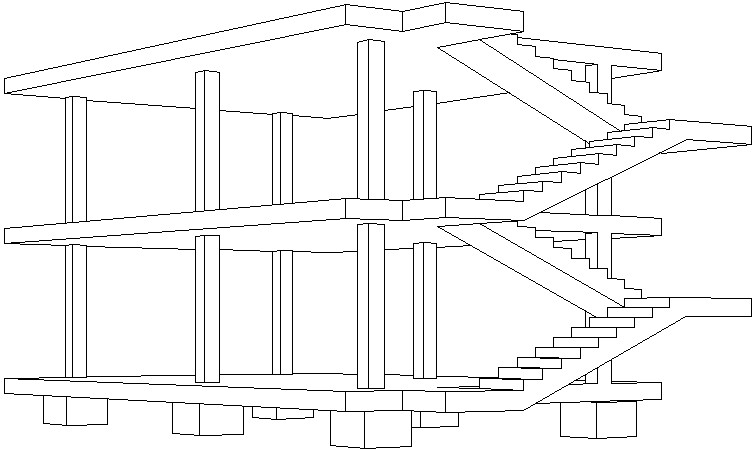le corbusier | how to play dom-inos |
The scope of this book requires a word of explanation, since from a very simple purpose it has developed to a rather complicated issue. My intention had been to formulate the chief principles of classical design in architecture. I soon realised that in the present state of our thought no theory of art could be made convincing, or even clear, to any one not already persuaded of its truth. There may, at the present time, be a lack of architectural taste: there is, unfortuately, no lack of architectural opinion. Architecture, it is said, must be 'expressive of its purpose' or 'expressive of its true construction' or 'expressive of the materials it employs' or 'expressive of the national life' (whether noble or otherwise) or ' expressive of a noble life' (whether national or not); or expressive of the craftsman's temperament, or the
owner's or the architect's, or, on the contrary, 'academic' and studiously indifferent to these factors. It must, we are told, be symmetrical, or it must be picturesque--that is, above all things, unsymmetrical. It must be 'traditional' and 'scholarly,' that is, resembling what has already been done by Greek, Roman, Mediaeval or Georgian architects, or it must be 'original' and 'spontaneous,' that is, it must be at pains to avoid this resemblance; or it must strike some happy compromise between these opposites;
and so forth indefinitely.
5 Via delle Terme, |
|
Preface Geoffrey Scott The Architecture of Humanism: A Study in the History of Taste 1914 | Le Corbusier Maison Dom-ino 1914 |
Quondam © 2019.12.25 |
